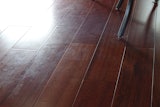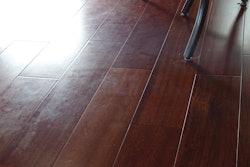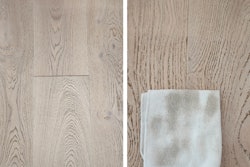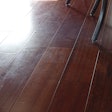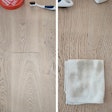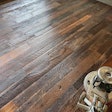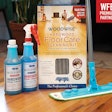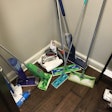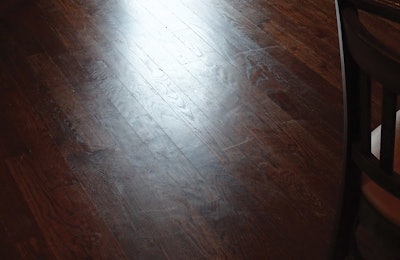
I have a client who is saying the floor I installed a few months ago looks dull and hazy; what causes that?
Steve Marley, technical director at City of Industry, Calif.-based Johnson Hardwood, answers:
There are several factors that can cause wood floors to become dull and hazy:
• The cleaning applicator (typically micro-fiber) has become soiled and is spreading a fine film of dirt over the floor. They should be changed every 500 square feet.
• The floor is being cleaned with an excessive amount of cleaner; over time this can lead to a dull, hazy-looking floor.
• Using non-recommended cleaning products that contain vegetable oil, silicone oil, oil soaps, citrus oils, waxes and/or any type of cleaner that can leave a residue.
• Using tap water that has a high mineral content will result in mineral buildup, which can cause the floor to look dull and hazy. Using water to clean wood floors can result in irreversible damage to the floor, which will not be covered by warranty.
• Using a steam cleaner to clean wood floors can result in a dull/hazy looking floor, not to mention other irreversible damage to the floor (this is never covered by the flooring or finish manufacturer’s warranties).
• During the glue-down process, adhesive made its way onto the floor’s surface and was not thoroughly removed, resulting adhesive smear—this causes the floor to look dull and hazy no matter how much you try to clean it. Contact the adhesive manufacturer for their recommendations as to the best way to safely remove adhesive residue without damaging the finish.
• Site-applied finishes where the solvent was not allowed to thoroughly off-gas, thereby trapping the solvent in the finish, can cause the finish to take on a hazy appearance.
RELATED: What Confuses Wood Flooring Consumers and What to Tell Them









